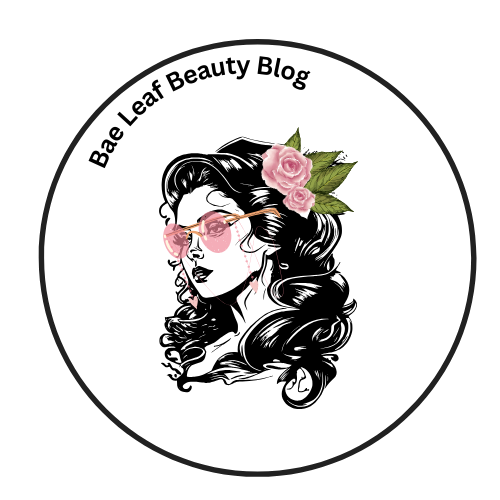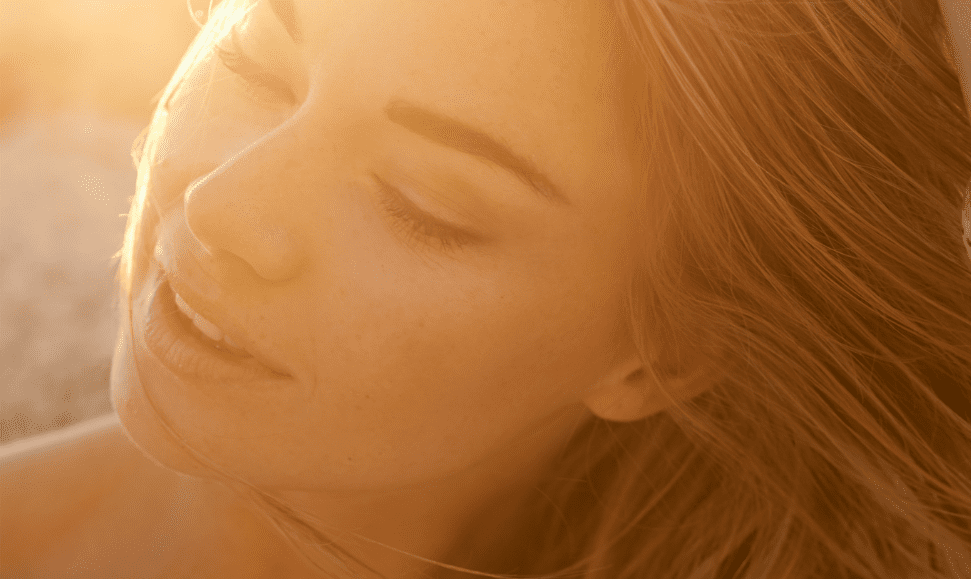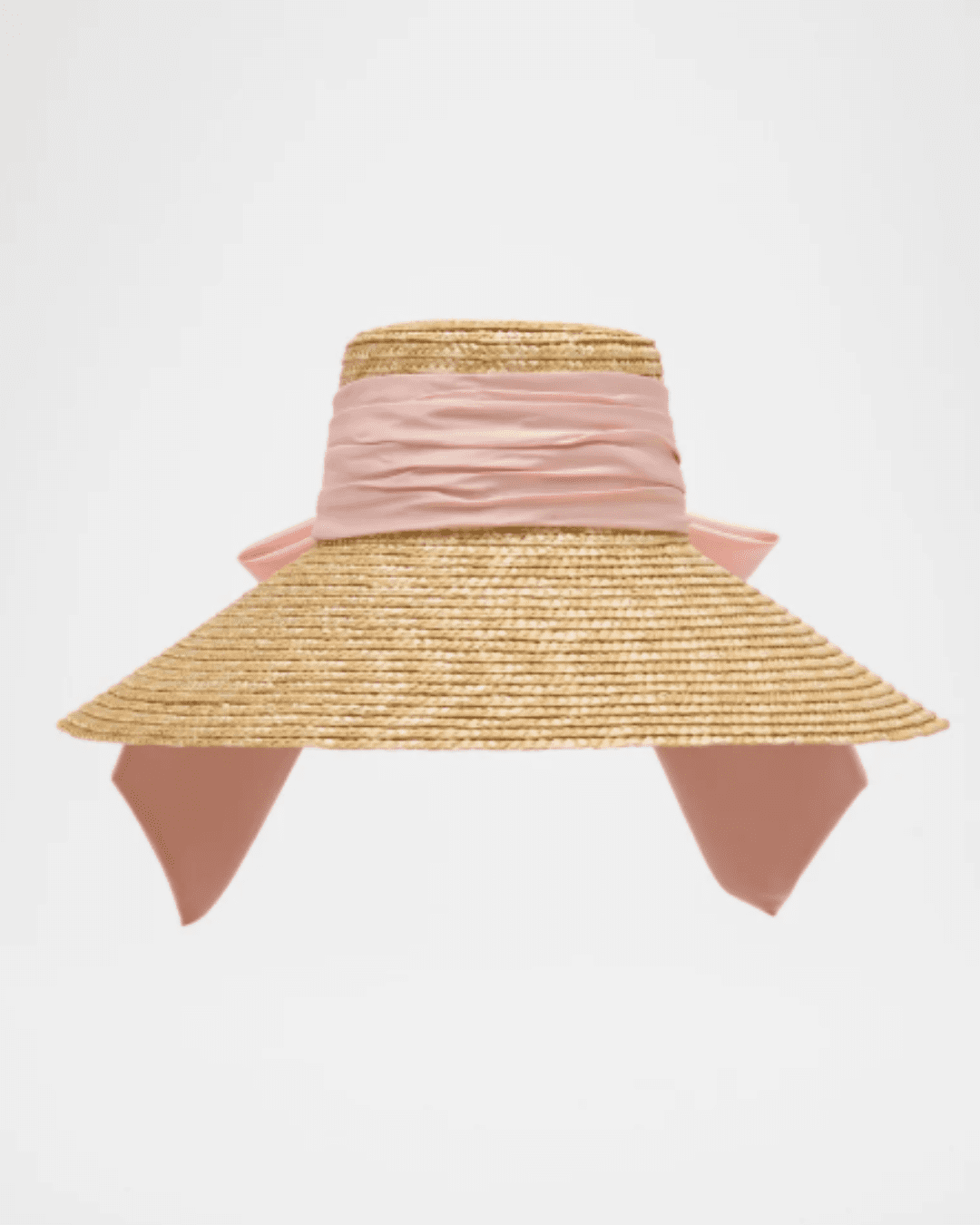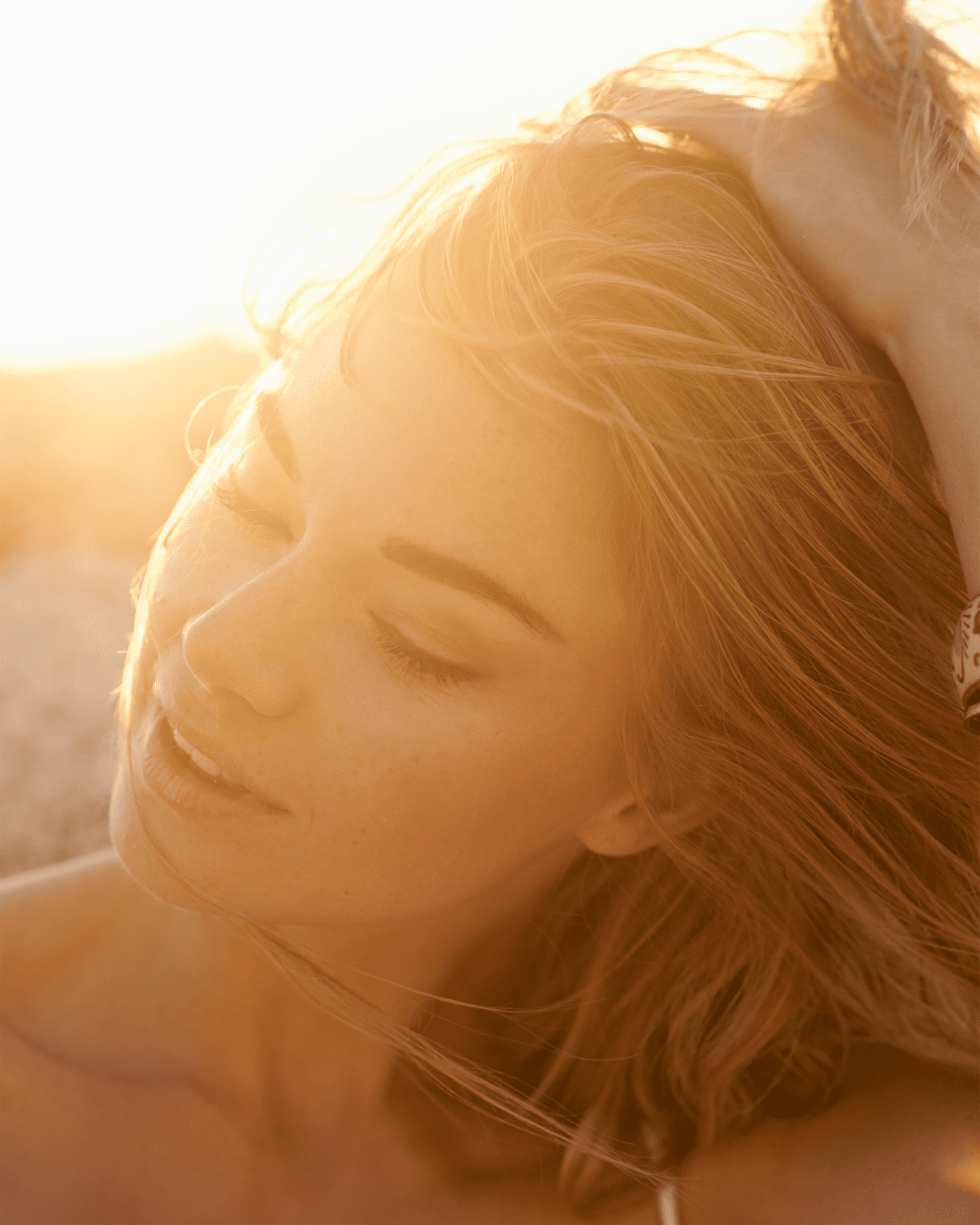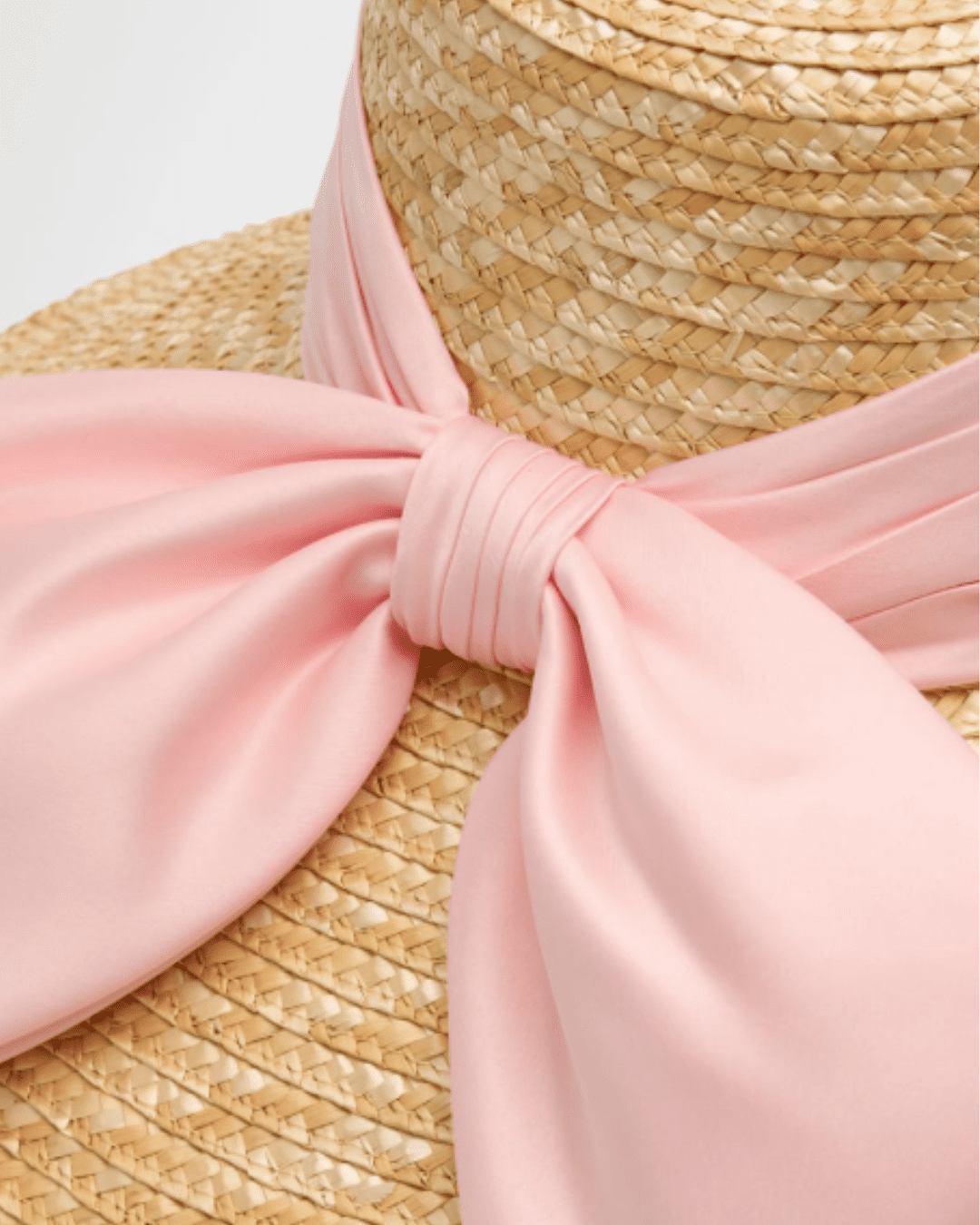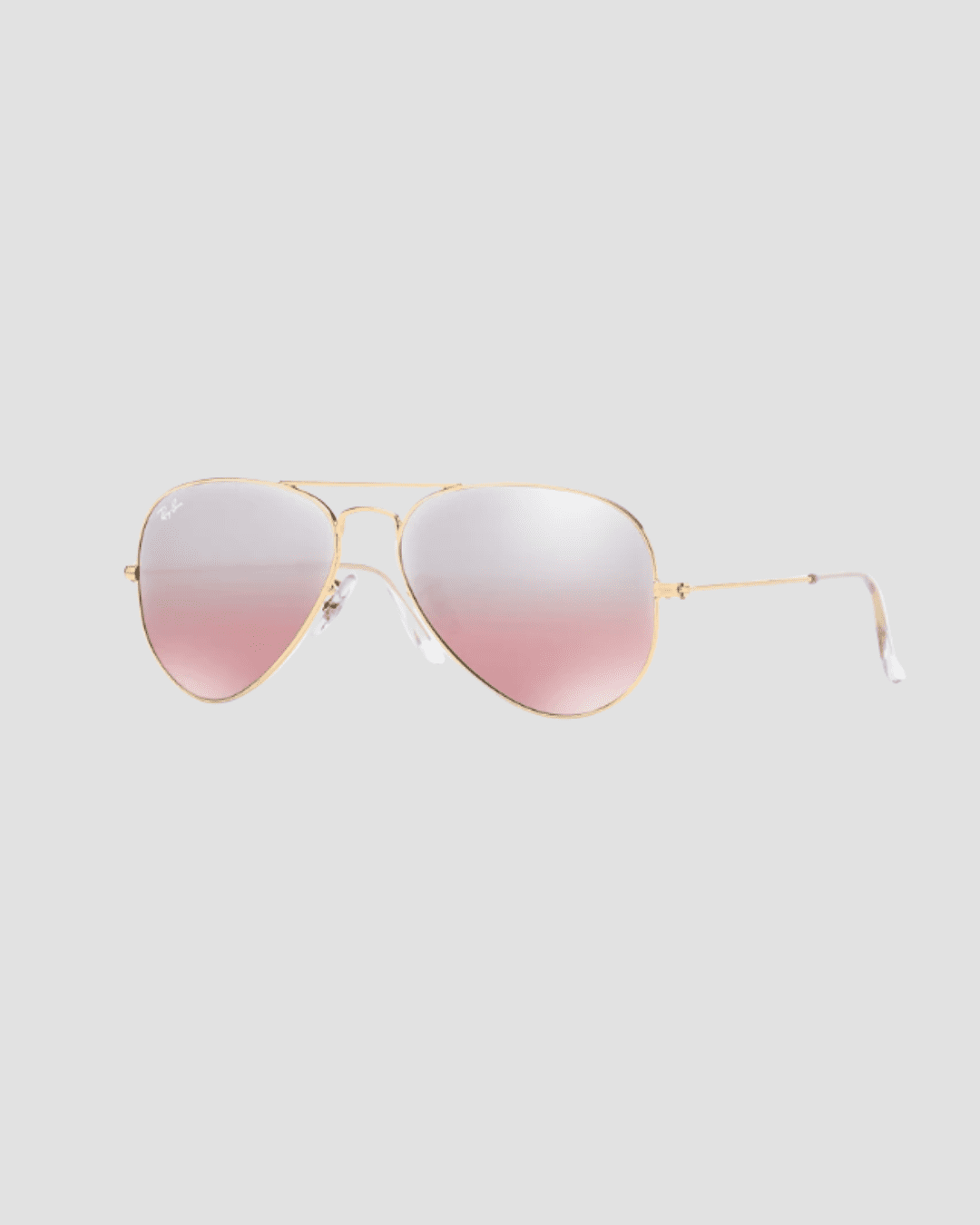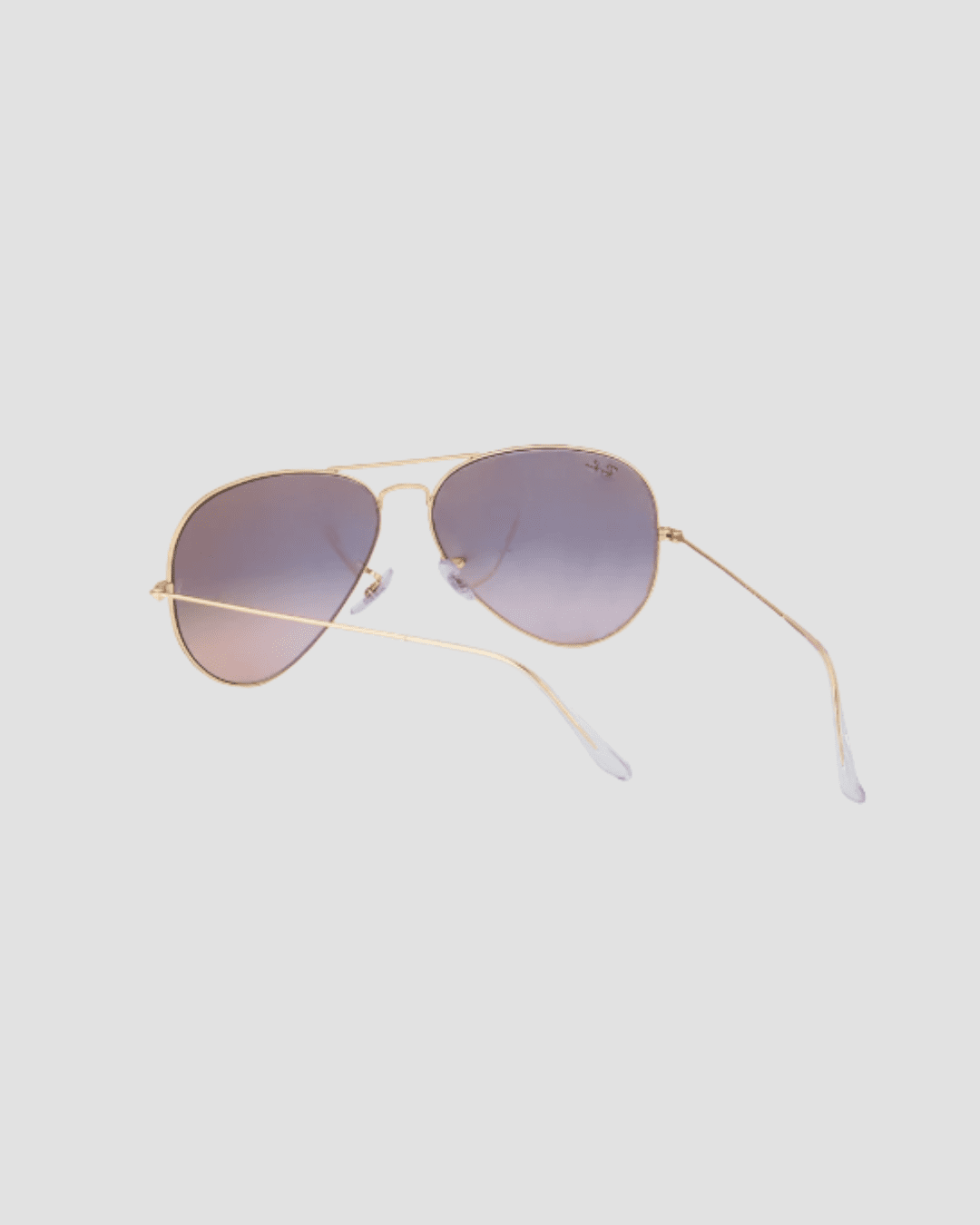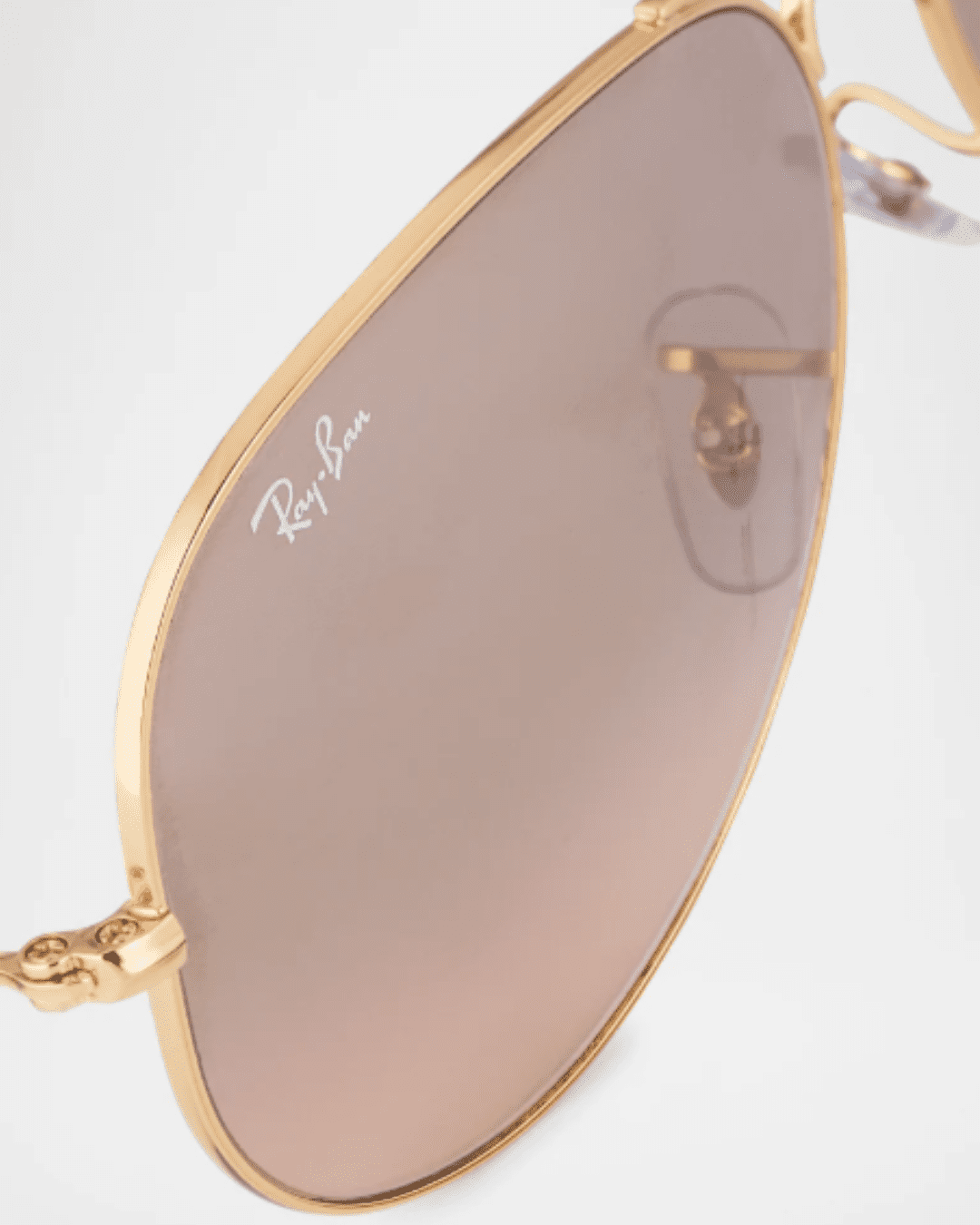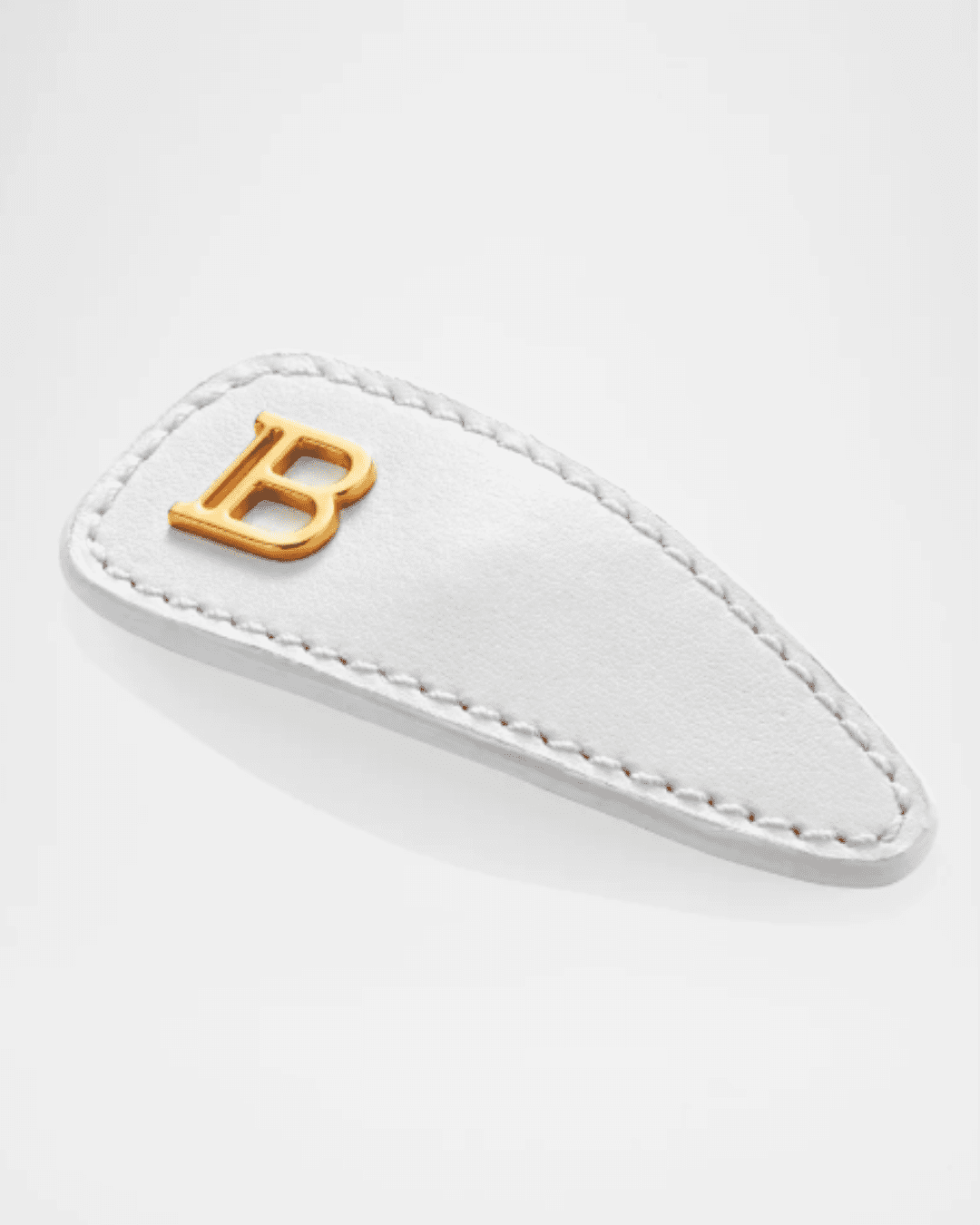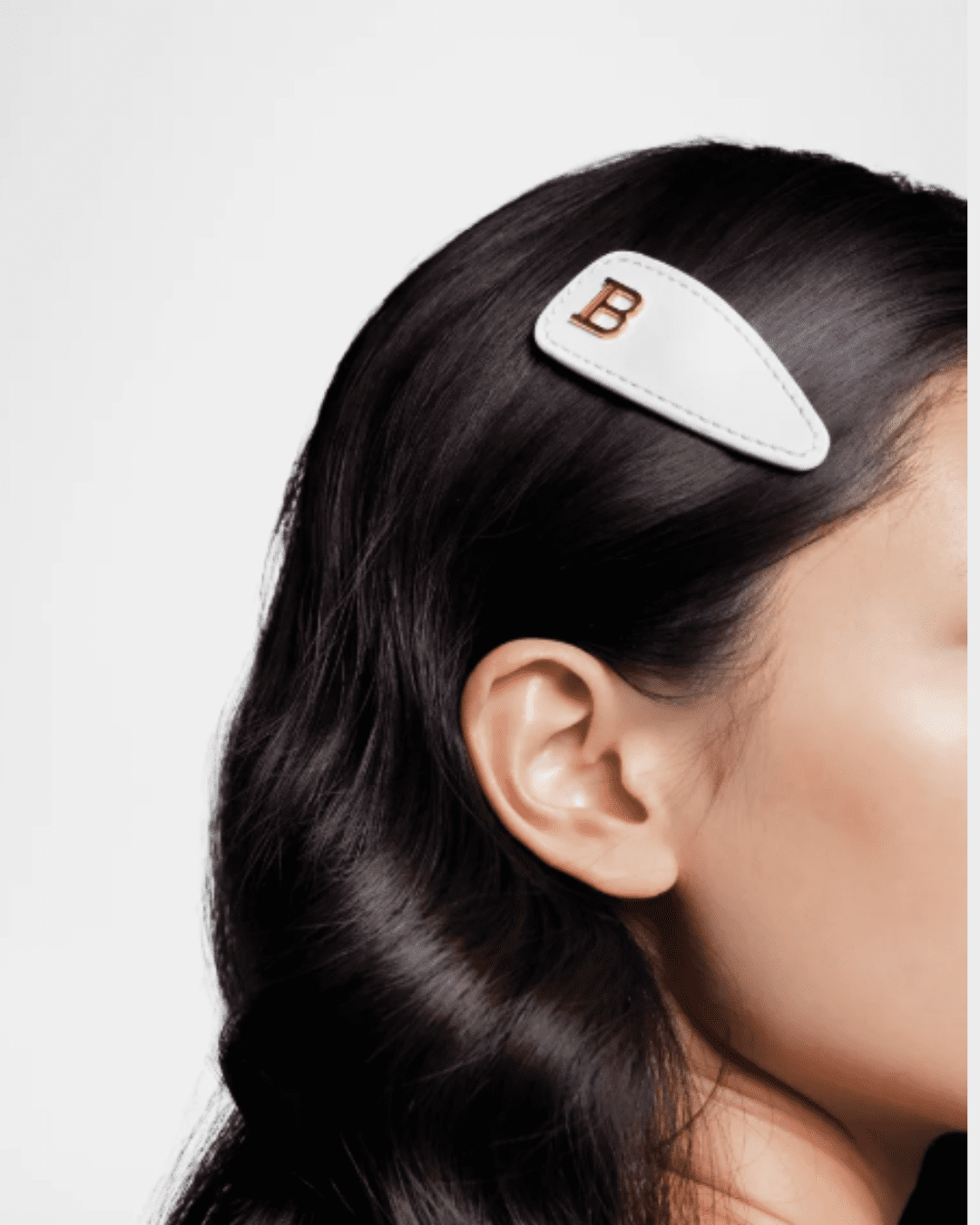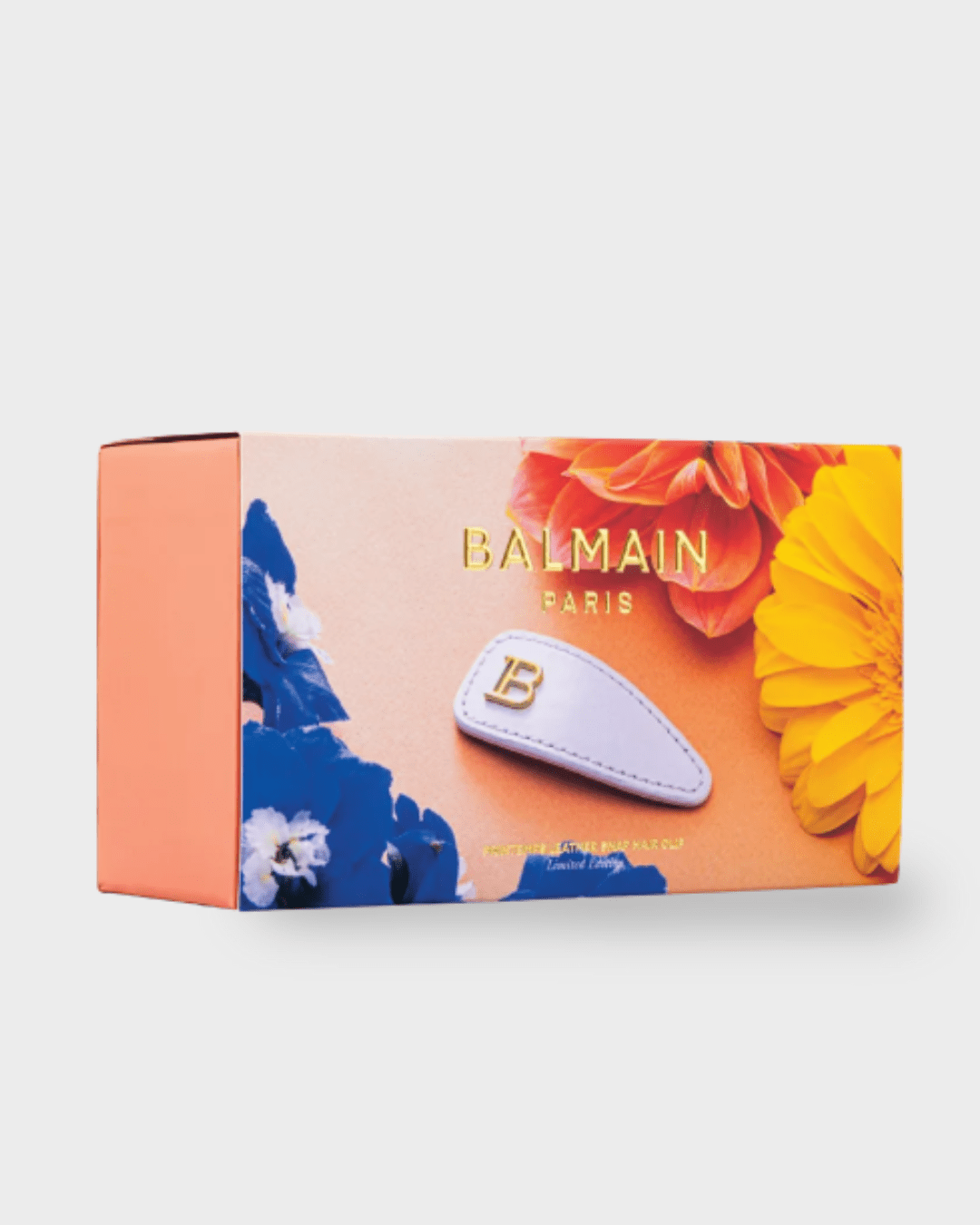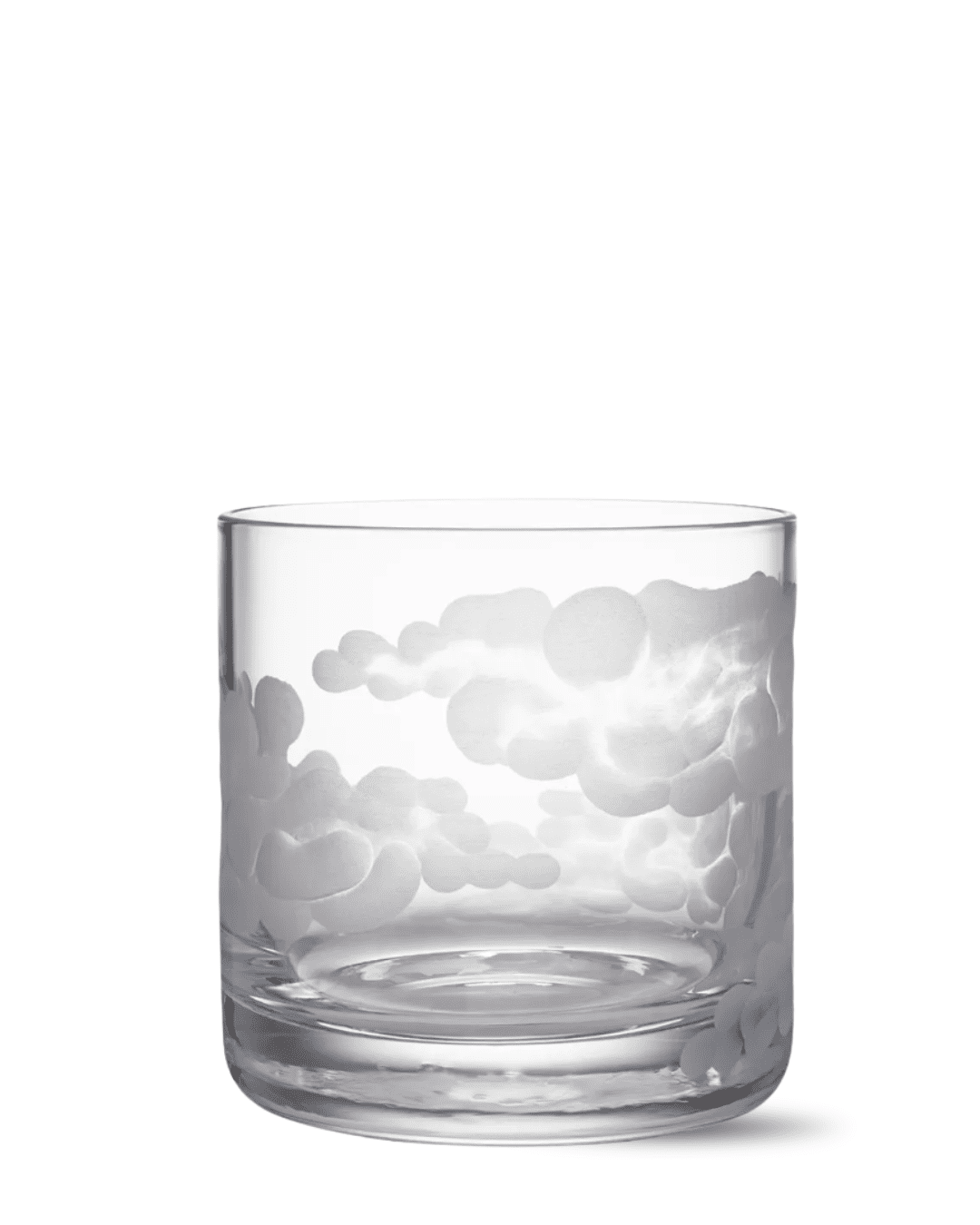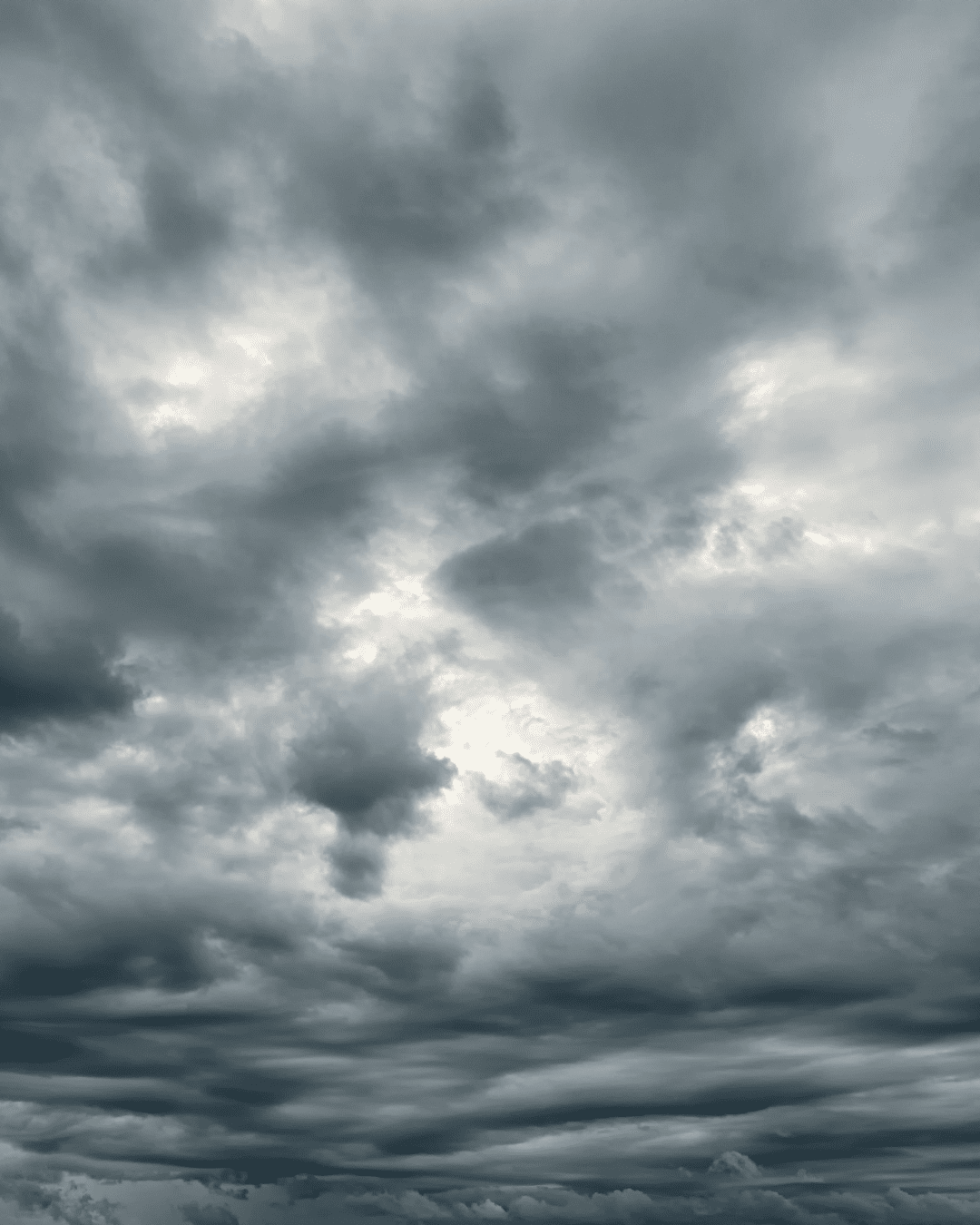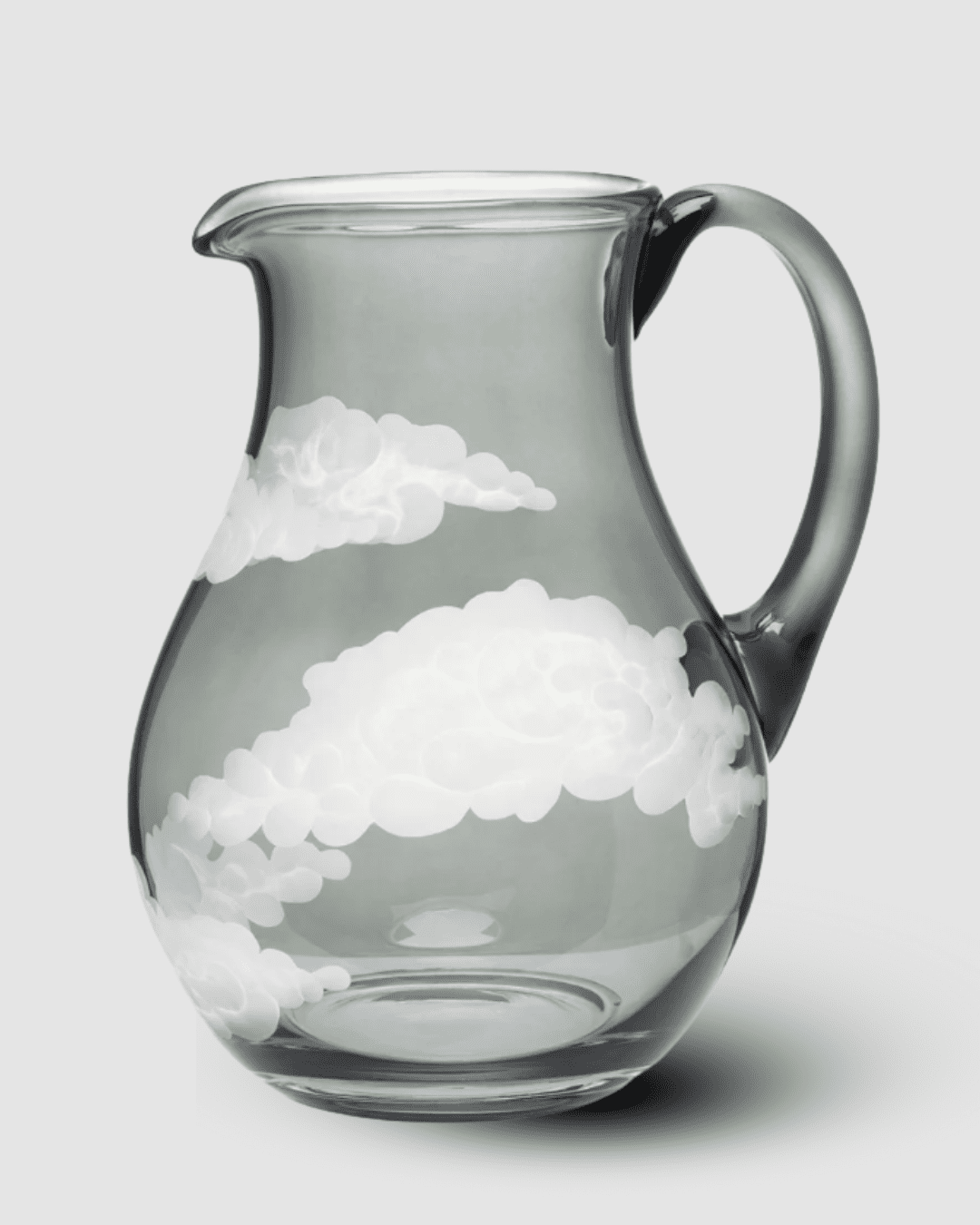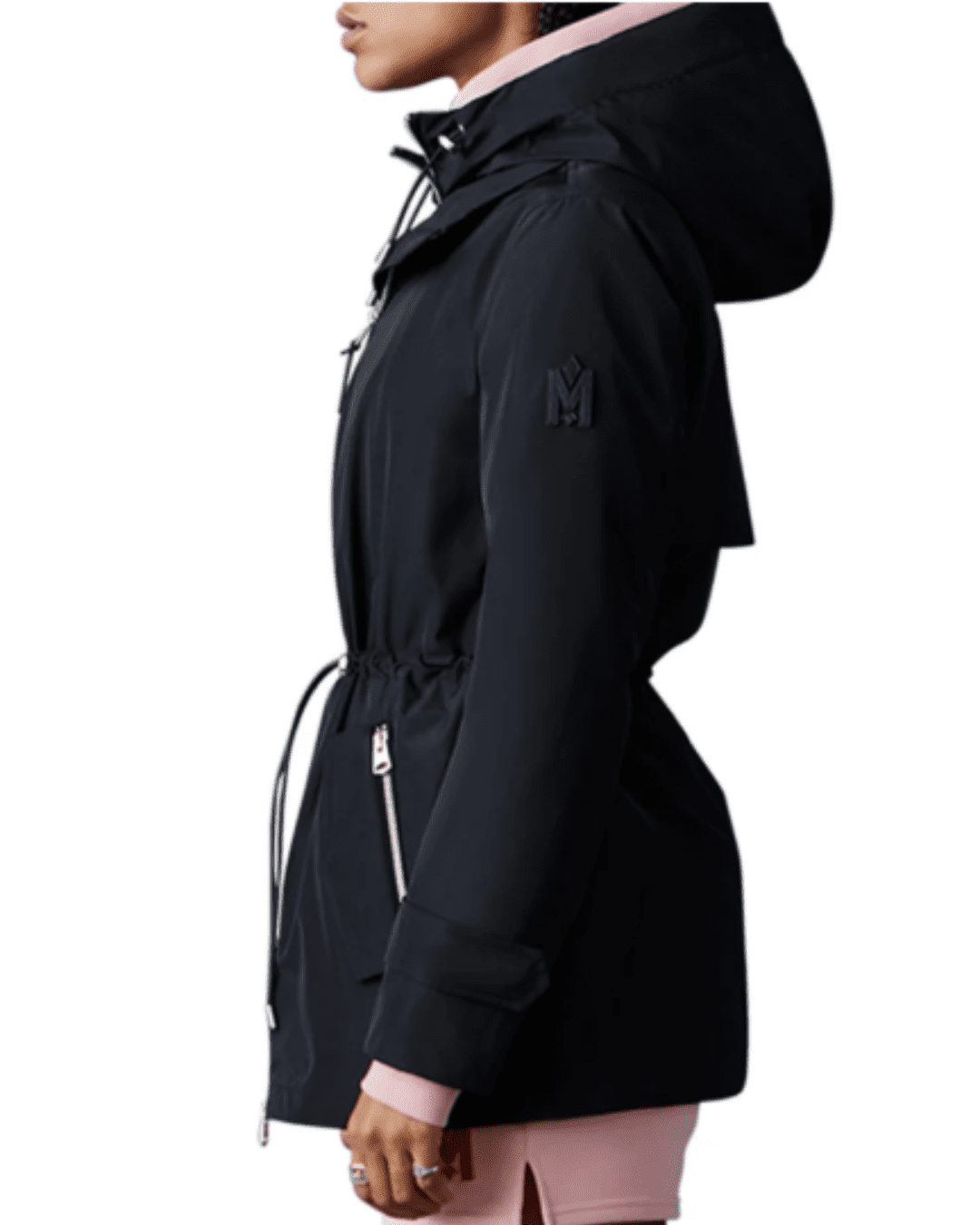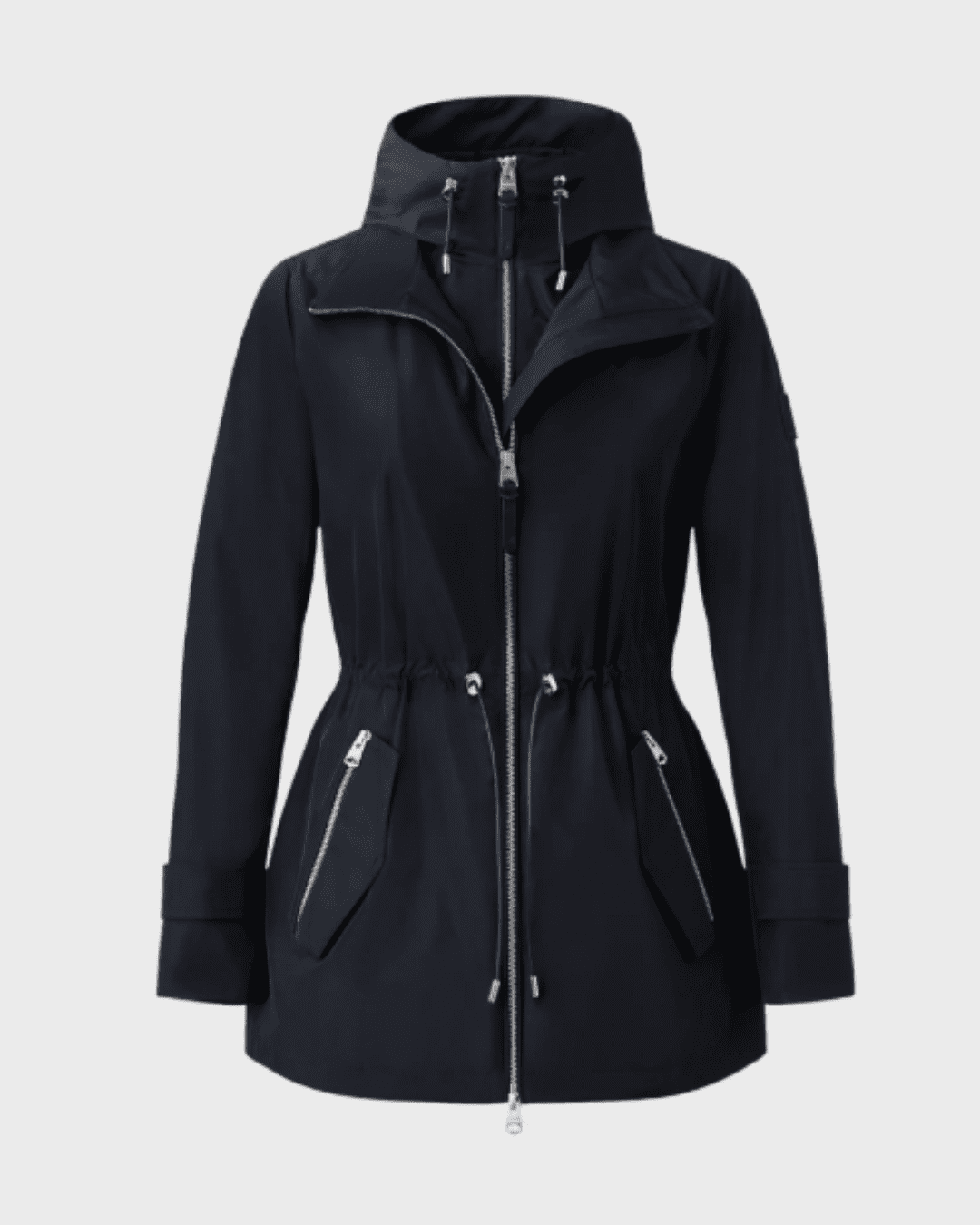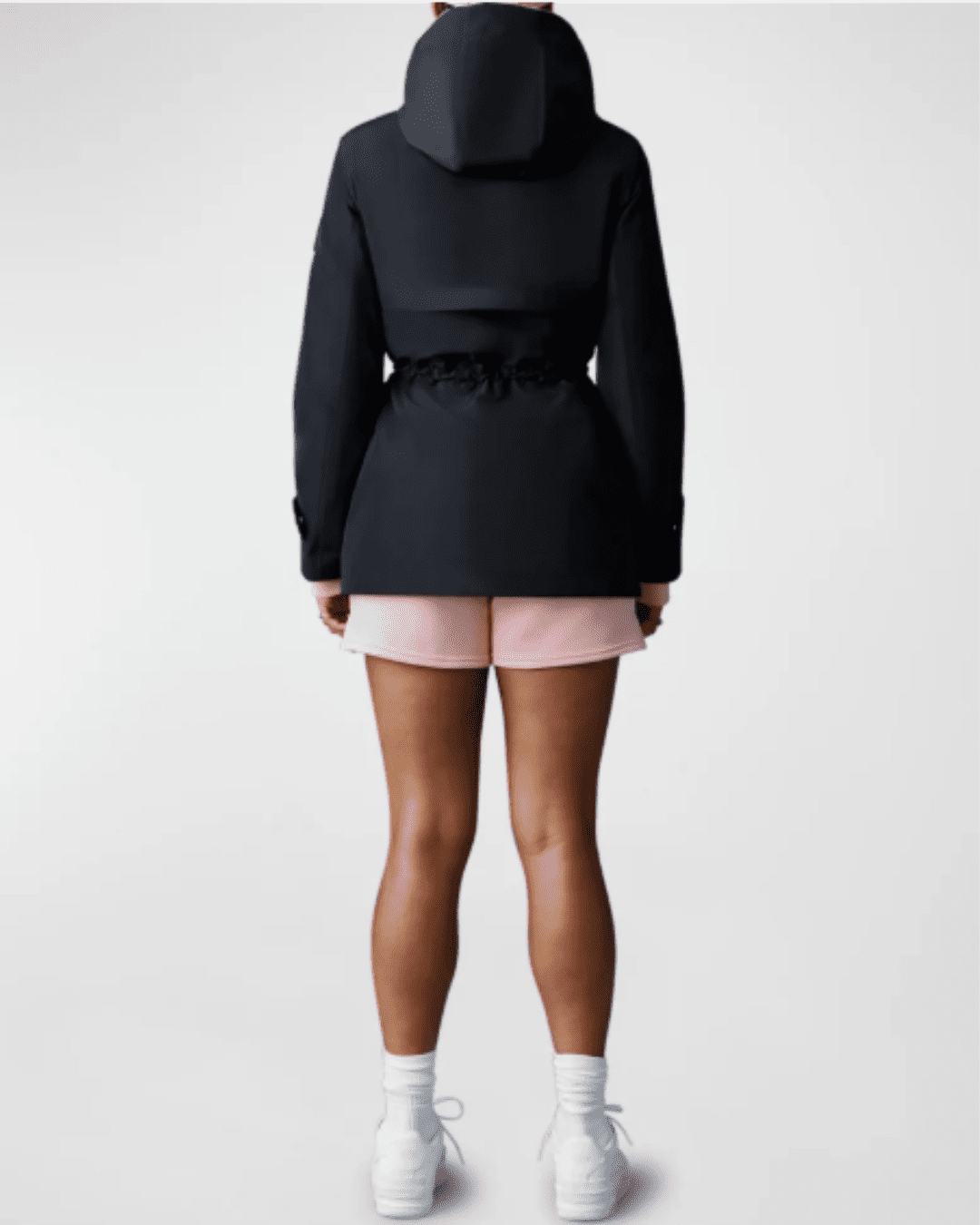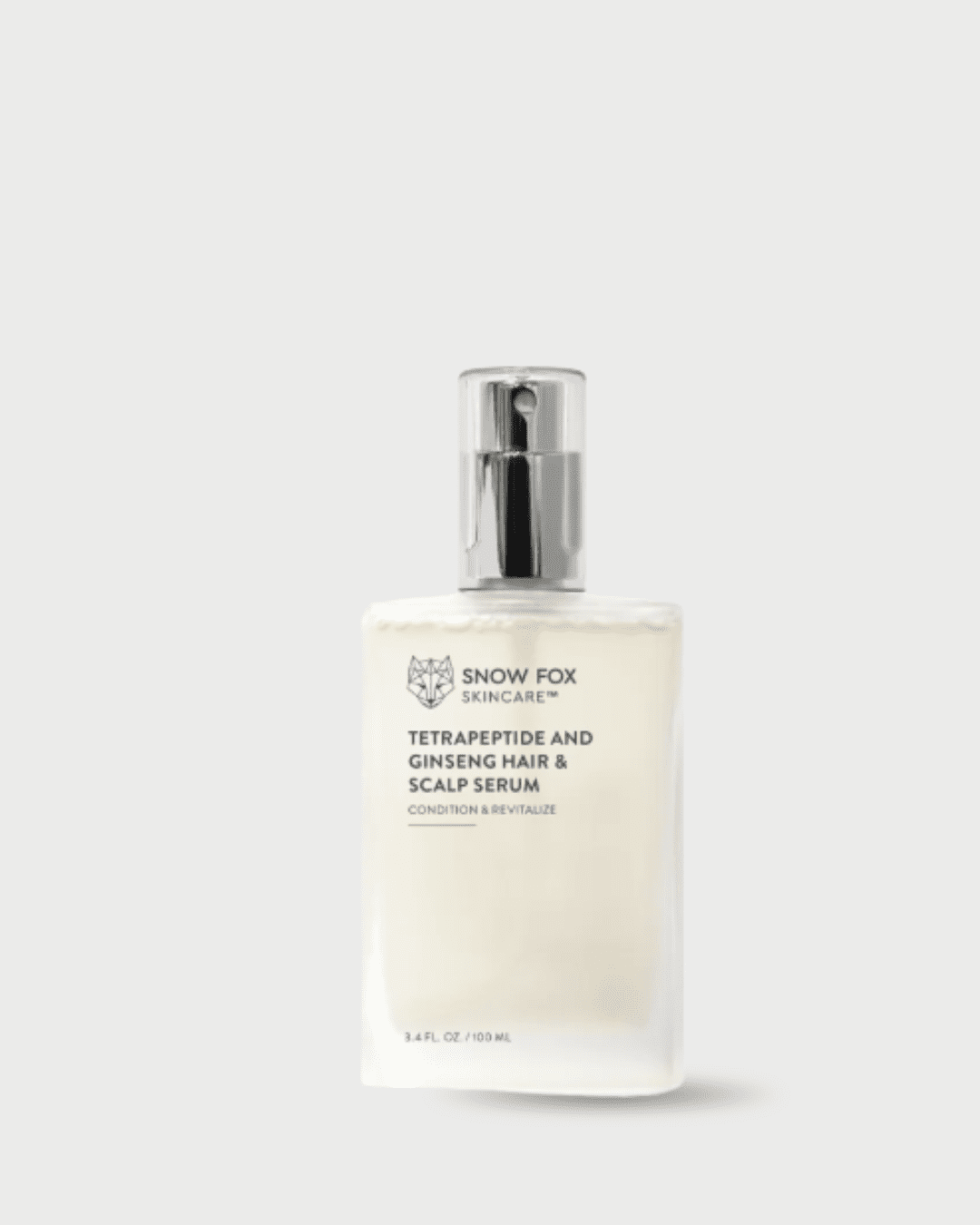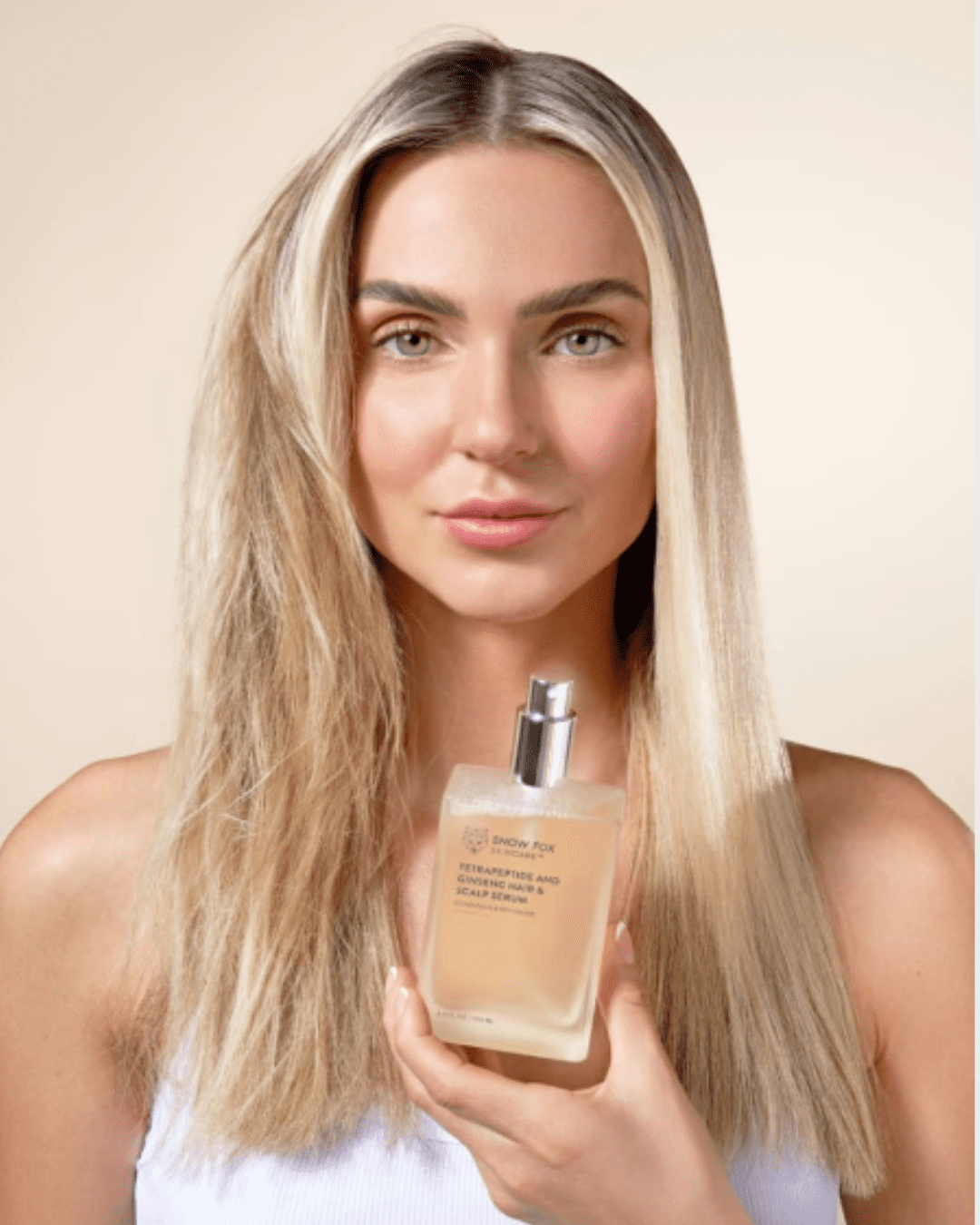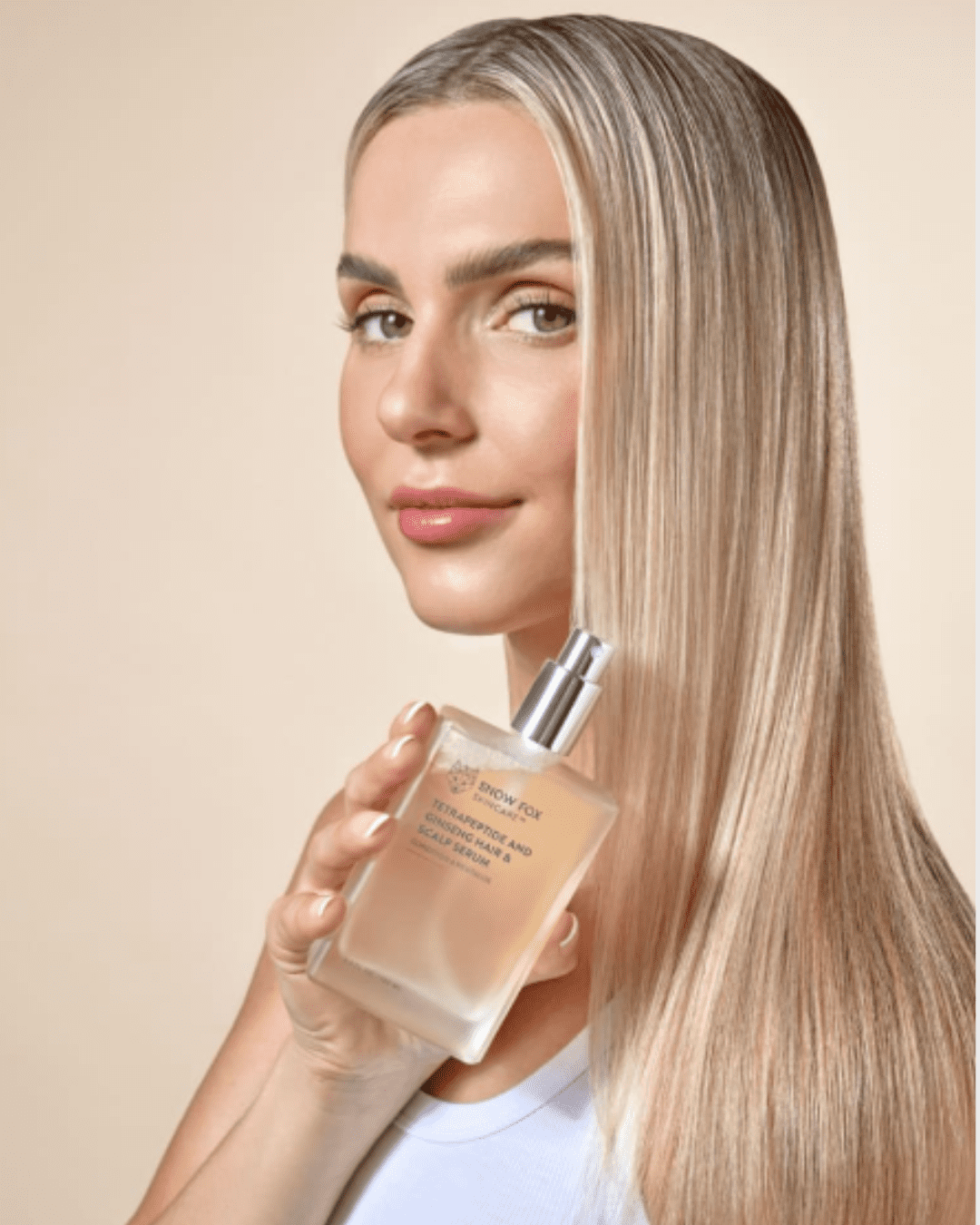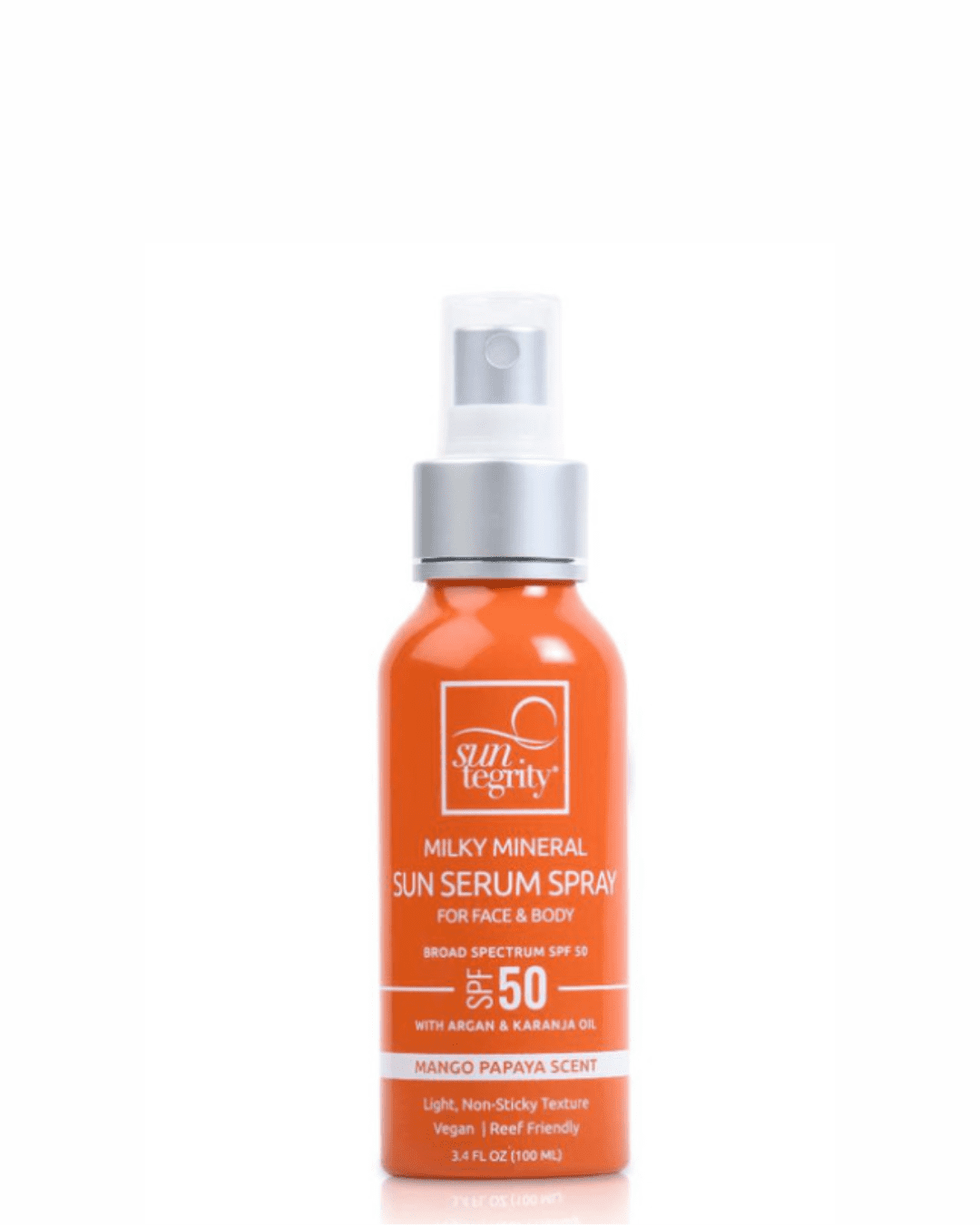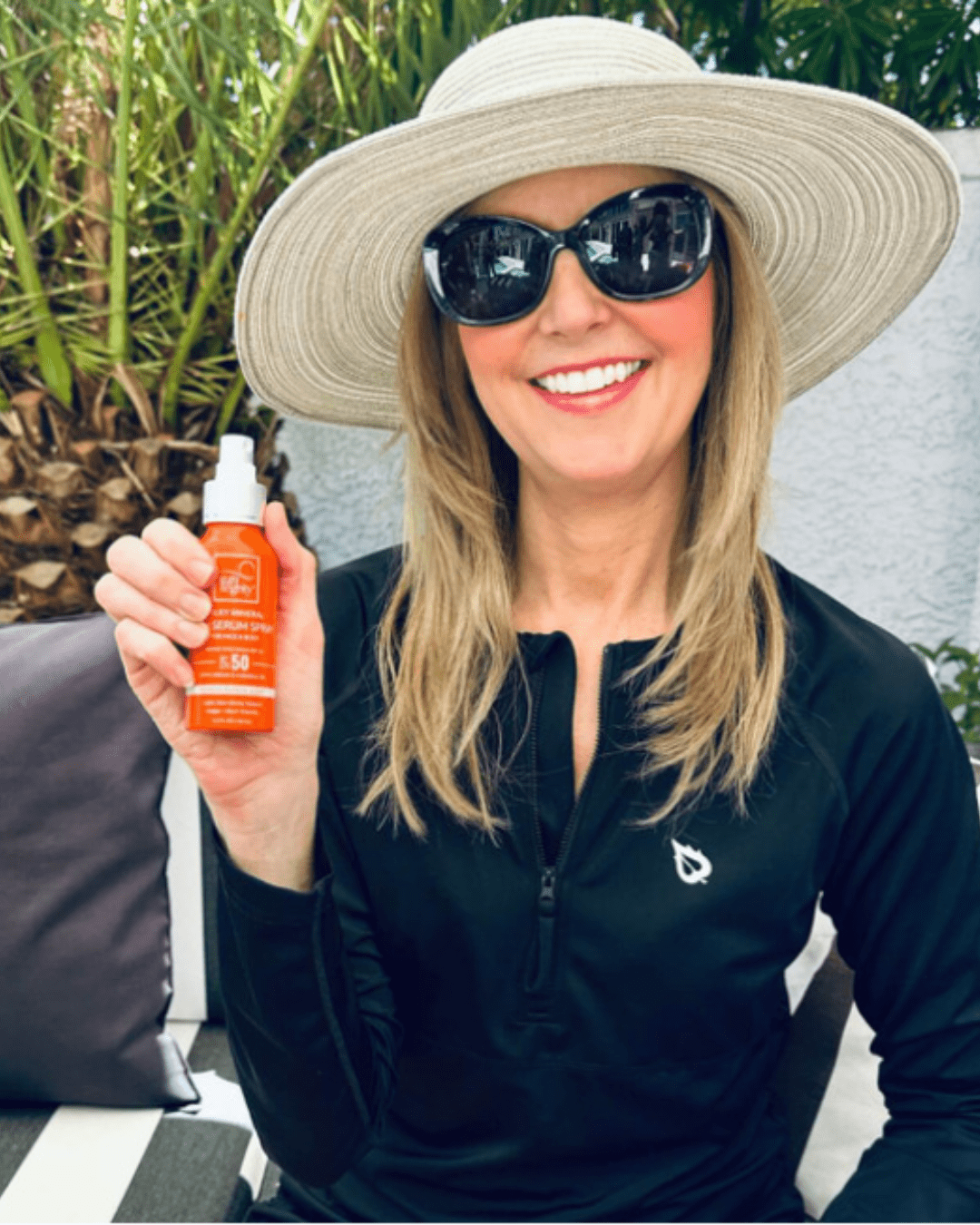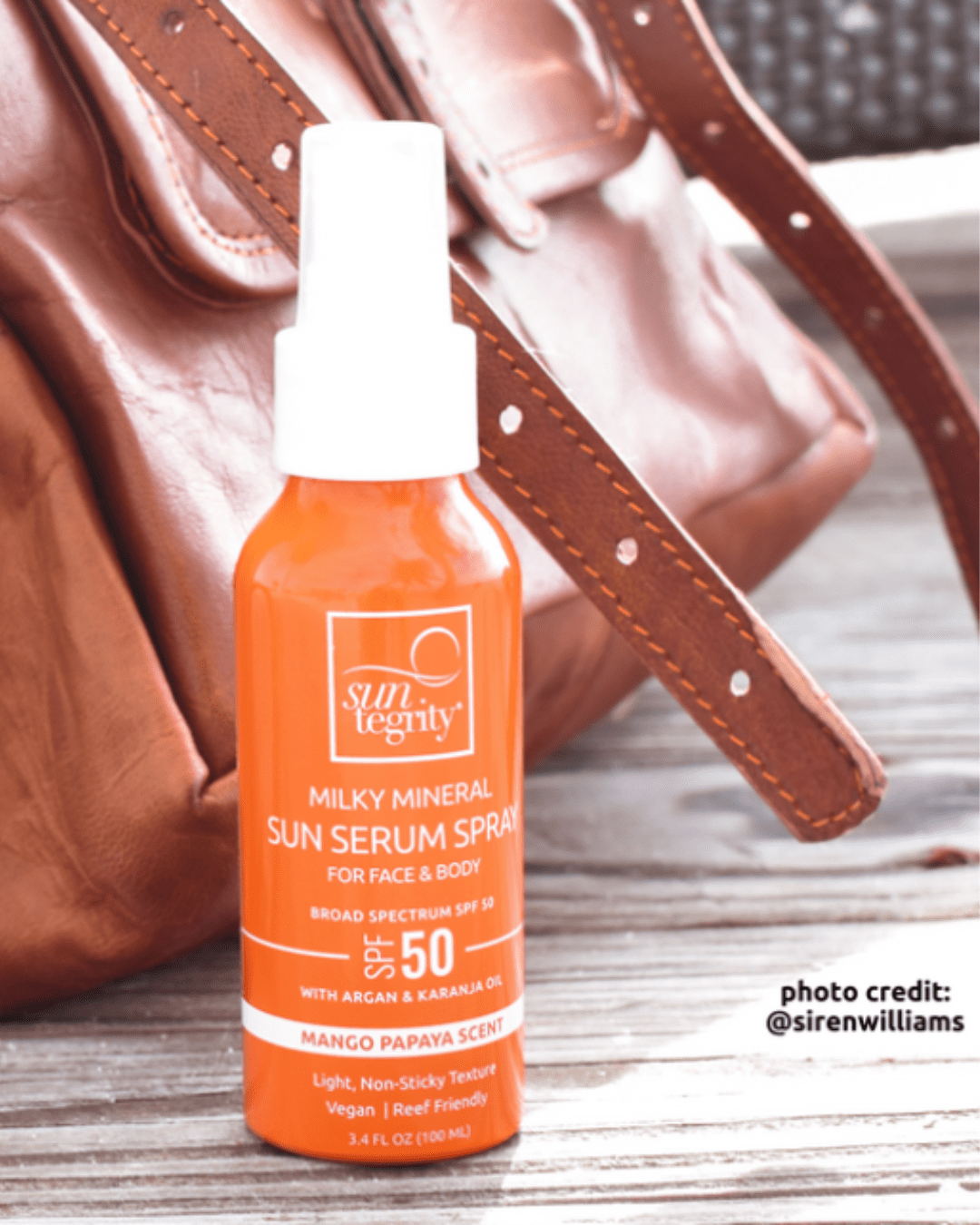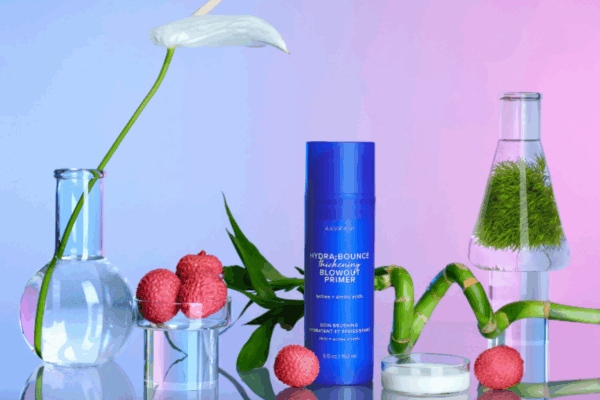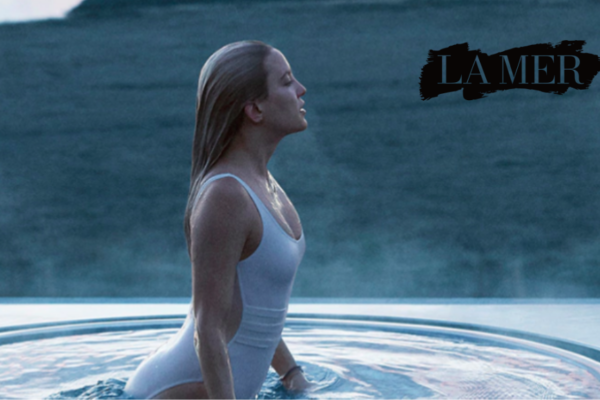Esthetician’s Sun Protection Guide
From cloud cover to crisp breezes, it’s easy to convince ourselves that sunscreen isn’t necessary—especially when the sun seems to be playing coy. But UV radiation doesn’t wait for perfect beach weather to wreak havoc. Whether you’re sprinting between meetings or sipping iced matcha under a rainy sky, sun protection should be part of your ritual.
In this guide, we’re breaking down exactly when sunscreen is needed based on the weather—and why skipping it can silently sabotage your skin goals, no matter your climate.
This post may contain affiliate links and professional skincare commentary. For full details, please read my disclaimer.
The UV Truth: Sun Protection Isn’t Just About Temperature
Ultraviolet (UV) rays are invisible radiation emitted by the sun. They come in three types:
- UVA rays: The aging rays. These penetrate deeply into the skin and contribute to long-term damage like loss of elasticity, hyperpigmentation, and fine lines.
- UVB rays: The burning rays. These cause sunburns and directly damage DNA, increasing the risk of skin cancer.
- UVC rays: Mostly blocked by the ozone layer and not a concern at ground level, though still part of the larger spectrum.
UV radiation is present even when it’s cold, cloudy, or raining. What affects UV intensity is the angle of the sun, altitude, latitude, and cloud density—not how sunny the day feels.
Weather Scenarios That Still Require Sun Protection
Sunny Days: Sun Protection Tips
Bright blue skies and intense sunlight may look like the most obvious time to wear SPF—and they are. But even seasoned skincare lovers sometimes underestimate the cumulative impact of daily exposure. UVA rays (responsible for aging and pigmentation) remain constant all day, and UVB rays spike dramatically from mid-morning to mid-afternoon.
This is especially true during outdoor brunches, weekend errands, or casual drives when the sun feels “gentle.” Extended exposure without reapplication leads to cumulative breakdown of collagen, sun spots, and eventual barrier disruption.
SPF required: Broad spectrum SPF 50. Ideal textures include fluid sunscreens layered under lightweight makeup or mist-style reapplication formulas for midday refresh. Look for PA+++ ratings or zinc/titanium-based blends for added broad-spectrum coverage.
Extra tip: Don’t skip areas like the tops of ears, eyelids, neck, and chest—these delicate zones often age faster and show damage earlier.
To learn more about the sun and how to navigate around it, you can read Debunking Acne Myths with Glow Recipe.
Sun Protection
Beyond its aesthetic appeal, a wide-brimmed hat blocks direct exposure to high-risk areas like your forehead, scalp, and eye contour. The Eugenia Kim Mirabel Bow Straw Hat is a perfect example of how to protect your scalp and face. This area is medically high-risk and frequently overlooked.
Roughly 13% of all skin cancers are found on the scalp, yet many go undetected until they’ve grown deeper or spread. The hair makes it harder to spot lesions, especially those masked as a flaky patch, flesh-toned bump, or stubborn scab that never heals. Melanomas located on the scalp can be more aggressive, with a higher chance of metastasizing before diagnosis—some studies show one in eight are only found after reaching the brain.
Men and individuals with thinning hair or exposed hairlines are at increased risk, but anyone with frequent sun exposure should treat scalp coverage as non-negotiable. Sunscreen isn’t just for your cheeks and shoulders—it belongs in your part line, hairline, and crown area too.
A protective hat, paired with SPF sprays, powders, or lightweight scalp serums, can help shield your skin without disturbing your hair texture or volume. Bonus points if you choose breathable straw or canvas styles with UPF ratings and a structured brim that frames the entire face.
Eugenia Kim Mirabel Bow Straw Hat
- image belongs to neiman marcus
- image belongs to neiman marcus
If you would like to purchase this sun hat, you can do so by clicking my link here.
Ray-Ban Mirrored Flash Aviator Sunglasses
These Ray-Ban Mirrored Flash Aviator Sunglasses remind me of the ones we wore in the 2000s with the little jeweled heart in the corner. But behind the rhinestones and tinted lenses lies something far more essential: UV protection that shields your eyes from irreversible damage.
Ultraviolet radiation from the sun—especially UVA and UVB rays—can penetrate deep into the eye, increasing the risk of cataracts, macular degeneration, and even ocular melanoma. The delicate skin around the eyes is also prone to sun-induced aging and skin cancer, making oversized or wraparound frames a smart choice beyond aesthetics.
Look for sunglasses labeled “100% UV protection” or “UV400”, which block over 99% of harmful rays. Dark lenses don’t guarantee safety, and mirrored finishes are purely cosmetic unless paired with proper coatings. Bonus points if your frames hug the eye contour—think Y2K drama meets clinical foresight.
Whether you’re layering them with SPF or pairing them with a wide-brimmed hat, sunglasses are a non-negotiable part of your sun armor.
- images belongs to neiman marcus
If you would like to purchase these sunglasses, you can do so by clicking my link here.
Windy Days: Sun Protection Tips
Most people associate sunburns with hot, still afternoons—but windy days pose a quiet threat. The breeze might feel cooling, but it actually strips away your skin’s natural moisture barrier, making it easier for UV rays to penetrate. On windy days, sunscreen breaks down faster, especially if it’s a lightweight spray or fluid formula. You may not even feel the damage happening, since wind masks the heat and sting of UV exposure. SPF creams and balms with a richer texture offer better adhesion and should be reapplied every 90 minutes rather than the usual two-hour mark.
When hair gets tousled and parted in the breeze, there is also risk of sun exposure there as well. Think of wind as a hidden accelerator: what feels refreshing might quietly amplify the sun’s impact. To help with keeping yourself looking tidy and fashionable throughout the day, you could try using a big clip. It covers more hair-scalp ratio than a headband would when keeping your hair down and out of your face. It will also help to get the hair out of your face when reapplying sunscreen and lip balm.
Balmain Hair Limited Edition Printemps Leather Snap Hair Clip
- image belongs to Belmain
If you would like to purchase this hairclip, you can do so by clicking my link here.
Cloudy Days: Sun Protection Tips
Cloudy days might feel like a free pass from sun protection, but up to 80% of UV rays still penetrate cloud cover, quietly impacting your skin without the usual heat cues. UVA rays, which contribute to aging and skin cancer, are especially sneaky—they’re present from sunrise to sunset, regardless of cloud density. That’s why SPF isn’t just for beach days—it’s for every day.
The soft diffusion of light on overcast mornings may look dreamy in your crystal glassware “In the Clouds Rocks Tumbler” and that Jonathan Hansen “In the Clouds Jug” you styled on the patio, but it’s also when UV exposure can be most deceptive. Even brief errands or shaded lounging can add up to cumulative damage. Broad-spectrum sunscreen, UV-blocking sunglasses, and UPF-rated accessories are essential, rain or shine.
SPF required: Daily SPF 30+, ideally with antioxidants like vitamin C, niacinamide, or green tea to offset pollution stress.
- image belongs to neiman marcus
- image belongs to neiman marcus
If you would like to purchase these crystal glasses or pitcher, you can do so by clicking my link here.
Rainy Days: Sun Protection Tips
Rainy days may feel like nature’s way of dimming the sun, but UV rays still sneak through cloud cover and reflect off wet surfaces, quietly intensifying exposure. That soft gray light might seem harmless, yet UVA radiation remains active, penetrating clouds and bouncing off puddles, sidewalks, and even your umbrella.
SPF remains essential, but your outerwear can play a supporting role. A well-constructed raincoat helps shield your skin from both moisture and UV rays. Look for water-resistant materials with a matte or coated finish, zip-up hoods to protect the scalp, and longer hems that cover the arms and neck. These features don’t replace sunscreen, but they act as a physical barrier, reducing direct exposure while keeping you dry.
SPF required: Lightweight SPF with hydrating ingredients like glycerin or panthenol to buffer against cold winds.
Mackage Melany Hooded Raincoat
- images belongs to neiman marcus
If you would like to purchase this raincoat, you can do so by clicking my link here.
Snowy Days: Sun Protection Tips
Snow doesn’t cancel UV exposure—it amplifies it. Fresh powder can reflect up to 80–90% of UV radiation, bouncing sunlight onto areas you wouldn’t normally think to protect: under the chin, the tip of the nose, even the scalp. And at higher altitudes, the thinner atmosphere means stronger UV intensity, even when the air feels crisp and clean.
SPF is non-negotiable, but scalp care deserves its own spotlight. Cold air and UV reflection can dry out the scalp, disrupt the biome, and trigger flaking or irritation. That’s where the Snow Fox Skincare Tetrapeptide & Ginseng Hair & Scalp Serum comes in. With caffeine, niacinamide, and panax ginseng, it helps rebalance hydration, soothe inflammation, and support healthy follicle function—especially when the scalp is exposed to sun and snow. Spray it onto clean, dry roots before heading out, then layer with a beanie or balaclava for physical protection. It’s a leave-in treatment that doubles as a styling prep, keeping strands soft and the scalp shielded.
And don’t forget the lips, ears, and neck—those peripheral zones are often the first to burn in snowy conditions. A mineral SPF stick and a high-collared coat go a long way.
SPF required: SPF 50 or higher. Layered protection with moisturizer or balm underneath.
- images belongs to neiman marcus
If you would like to purchase this hair and scalp serum, you can do so by clicking my link here.
Indoor Days and Office Hours: Sun Protection Tips
Just because you’re inside doesn’t mean you’re immune to UV exposure. UVA rays—responsible for collagen breakdown and pigmentation—can penetrate glass windows and reach your skin during routine daily activities. Over time, this results in asymmetrical sun damage (often showing on one side of the face more than the other), hyperpigmentation near the cheekbones, and cumulative textural changes.
The intensity may be lower than direct sunlight, but the exposure is constant and compounding—especially if you sit near windows or have artificial lighting that mimics daylight spectrums. The left side of the face is particularly vulnerable during long commutes or desk work near bright glass.
I don’t know about you, but I work from home and love to be surrounded by beautiful things. This Daum Leopard Pen Holder is not only decorative but also useful. It’s originally for holding a fancy pen, but don’t let that stop you from using it for other things. The space is big enough for a lip product or sunscreen bottle. There are no rules.
SPF required: Daily SPF 30+ with broad-spectrum protection. Look for elegant textures like featherweight fluids or skincare-SPF hybrids that won’t interfere with makeup or fragrance. Bonus points for formulas that include blue light protection or antioxidants that help buffer against pollution from indoor air systems.
Esthetician’s note: Even if you don’t feel “sun-kissed” at the end of the day, your skin is still absorbing low-grade UVA radiation, environmental stress, and dehydration—especially in air-conditioned spaces. SPF is your low-effort insurance policy.
- images belongs to neiman marcus
If you would like to purchase this pen holder, you can do so by clicking my link here.
Texture Pairings for Your Forecast
Just like your fragrance wardrobe shifts with the seasons, SPF textures can match your weather mood board too. On overcast days, reach for gel or fluid formulas that feel invisible but shield effectively. During rainy mornings, a cream or emulsion SPF layered over a humectant serum helps fortify against wind and chill.
If you’re facing snow glare or high-altitude exposure, a balm-textured SPF or sun stick protects without cracking under pressure—especially when paired with a rich moisturizer. Windy days call for mineral creams that cling to the skin and reinforce your barrier. And those deceptively gray urban days? A lightweight lotion layered with antioxidants gives your skin the armor it needs against pollution and filtered UV.
Reapplication, Romanticized: Feminine Rituals for Skin Protection
Sunscreen can feel luxurious, not clinical—especially when woven into beauty rituals.
- Fragrance layering: Use unscented SPF so you can still wear your signature scent—whether it’s gourmand, powdery, or citrusy.
- Compact elegance: Keep a refillable powder SPF with your lip balm and hand cream—a soft-glam vanity kit you’ll actually use.
- Mirror moments: Reapply with intention. A midday touch-up becomes a moment to refresh, reflect, and realign.
Esthetician Secrets: Telltale Signs Your Skin Needs More Sun Protection
Not sure if it’s one of those days? Watch for these subtle signs:
- Flushed cheeks or sudden redness after being outdoors
- Fine lines that feel tight or dry after cold exposure
- Uneven texture or ashiness around the nose and cheekbones
- Freckles or discoloration that deepen over time
Sunscreen isn’t just for preventing burns—it’s a long-term investment in clarity, even tone, and graceful aging.
Suntegrity Milky Mineral Sun Serum Spray, Broad Spectrum SPF 50
I mentioned a few times in this post that SPF 50 sunscreen is a must. Suntegrity’s Milky Mineral Sun Serum Spray SPF 50 is a great option for many reasons. This multitasking formula combines non-nano zinc oxide and titanium dioxide for broad-spectrum protection with a milky, antioxidant-rich base that absorbs quickly and leaves no white cast. It’s lightweight, non-sticky, and designed for both face and body—ideal for layering under makeup or spritzing on limbs before heading out. Key ingredients like grapeseed, argan, karanja, and squalane deliver hydration and barrier support, while mango and papaya extracts offer a tropical dose of vitamins A, C, and E to fight free radical damage.
Suntegrity was founded by Tricia Trimble in memory of her mother, who passed away from melanoma. The line was born from a desire to create clean, effective sun care without toxic UV filters, and every product reflects that mission. Suntegrity is EWG “Champion” rated, cruelty-free, reef-safe, and packaged with sustainability in mind. It’s sun protection with integrity—literally.
- Images belongs to Suntegrity
If you would like to purchase a sunscreen from Suntegrity, you can do so by clicking my link here.
Your Skin Doesn’t Take a Day Off—Neither Should Your SPF
No matter the forecast—blazing sun, drizzle, snow flurries, or wind-chilled gloom—UV exposure is a constant, not a seasonal trend. Sun protection isn’t just about beach days or bright skies; it’s about safeguarding your skin’s long-term health with conscious, consistent choices. From mineral mists that hydrate and defend to scalp serums that support barrier balance in unpredictable weather, every layer adds intention to your routine. Your skin moves through the same climate shifts you do—it deserves coverage that keeps up.
